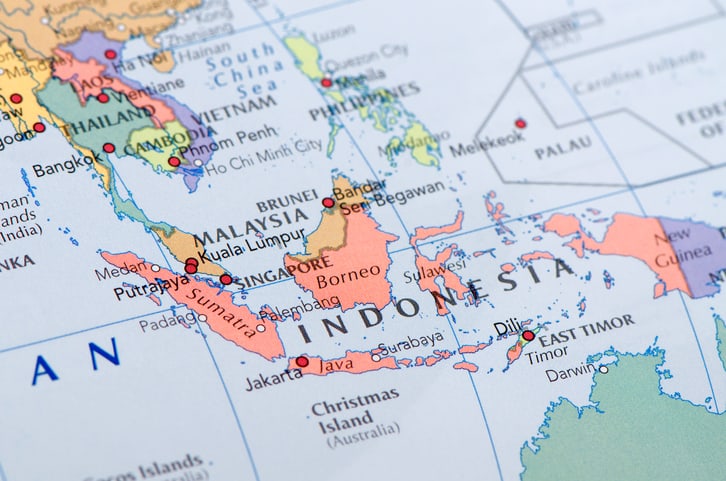Southeast Asian conglomerates significantly underperformed pure plays in terms of annualised total shareholder return in last decade, said Bain recently.
According to the company, conglomerates’ average annualised total shareholder return (TSR) was 4% from 2013 to 2022, a 24-percentage point decline compared to 2003-2012, the first decade tracked by Bain.
In comparison, pure plays’ 2013-2022 average annualised TSR was 11%, 9 percentage points lower than the 2003-2012 period, Bain noted.
Pure plays also outperformed conglomerates on revenue growth, margins, and multiples, Bain pointed out.
“When the region was less developed, it was easier for conglomerates to prosper, thanks to their size and privileged access to opportunities, capital, and talent,” said Jean-Pierre Felenbok, a Singapore-based advisory partner at Bain & Company. “But this privilege started diminishing in the middle of the last decade, and the performance gap between pure plays and conglomerates has widened ever since.”
Accounting for 17% of the region’s market cap and 30% of capital expenditure, Southeast Asia needs its conglomerates to grow and create value, he noted.
Highlights of Bain’s Southeast Asia Conglomerates report
- The conglomerate premium eroded first and fastest in developed markets such as Singapore, Malaysia, and Thailand, confirming a correlation between market maturity and conglomerate performance.
- Conglomerates struggled to adapt to the lower-growth environment, a result of global macroeconomic conditions which started in 2014.
- They were slower to expand margins or exercise cost discipline to offset revenue losses, and their price-earnings multiples contracted.
- In contrast, young and nimble pure plays were able to attract investors, government support, and talent by developing strong leadership positions in attractive sectors.
- Pure plays responded more quickly in the downturn, maintaining revenues, and lowering costs and, consequently, achieved higher TSR than conglomerates.
- However, a subset of conglomerates known as ‘all-weather stars’ have consistently outperformed their peers and achieved top-quartile status for TSR growth across all economic cycles over the past 20 years. Even in lower-growth environments, these conglomerates increased revenue, defended their margins, and expanded multiples.
How Southeast Asian conglomerates can succeed
Bain’s research highlighted five imperatives for Southeast Asian conglomerates to succeed:
Strive for strategic and operational excellence in core business units
Companies should continue to reinvest in their core businesses to manage their strategic positions and offset erosion of the conglomerate advantage. And they should pursue leadership within their industries.
In Bain’s study, 44% of top-quartile companies are leaders in their primary business, compared to only 16% of companies in the bottom quartile.
Bain observed that the ‘all-weather stars’ manage operational performance better. For instance, about 80% of top-quartile performers reduced their operational expenses as a percentage of revenue during the last decade compared to only 40% of bottom-quartile conglomerates.
Dynamically reshape portfolios to succeed in a volatile world
Top-quartile conglomerates actively reshaped their portfolios toward high-growth industries and growth engines of the future.
They also engaged in more mergers, acquisitions, and divestitures to increase their exposure to growth sectors.
The difference between the top- and bottom-quartile conglomerates is stark. In top-quartile companies, about 35% of market cap was driven by high-growth sectors, compared to only 5% for the bottom quartile.
Bottom-quartile companies tended to be stuck in lower-growth industries, whereas leaders actively rebalanced their portfolios through investments, divestitures, and strategic alliances.
Redefine the corporate centre’s role and how it distinctly adds value
Over the last decade, many Southeast Asian conglomerates bulked up their corporate centers and created group functions for procurement, information technology, and commercial excellence to drive value and pursue portfolio-wide synergies. But the attempts often failed.
Bain identified two opposing approaches for corporate centres. The first is a ‘hands on’ approach where the corporate center actively adds value to each business, so the value of the group becomes greater than the sum of its parts.
The best corporate centres ‘pick their battles’ and develop distinct capabilities to capture synergies and support their portfolio companies.
In the other approach, the centre acts solely as an investment manager. No synergies are sought or extracted from the businesses because each company is independently strong and has sufficient scale and capabilities to compete on its own.
The centre makes buy/hold/sell decisions, puts high-quality management teams in place, and fosters the right performance dialogue with each business unit.
For this approach to work, Southeast Asian conglomerates need small, disciplined, and highly skilled staff at the centre
Which model is more suitable will depend on each group’s specific circumstances, but clarity on where and how to add value from the centre is paramount.
Invest heavily in innovation and technology
The top conglomerates invested heavily in technology—and have for years. They have become experts at using data analytics and automation to maximise top- and bottom-line productivity.
Now, they are also leveraging technology to command a premium, shape new products and services, and generate new revenue streams.
In some cases, top conglomerates can even monetise their data and their proprietary data platform services. Winning with innovation and technology requires infrastructure, advanced tools, top talent, and strategic partnerships.
Optimise capital structures to reduce the conglomerate discount
Ownership and capital structure impact a conglomerate’s value in the public market.
As Southeast Asia’s economies and capital markets have matured, investors have punished conglomerates, discounting their value by 7% to 43% compared to the sum of their parts.
In response, several conglomerates have restructured to reduce the conglomerate discount and recapture value.
Ultimately, two distinct structures for conglomerates are likely to dominate the market - type A where the holding company is listed, and subsidiaries are fully owned by the holding company, and type B where the holding company is privately owned, with subsidiaries either partially listed or fully privately owned.




